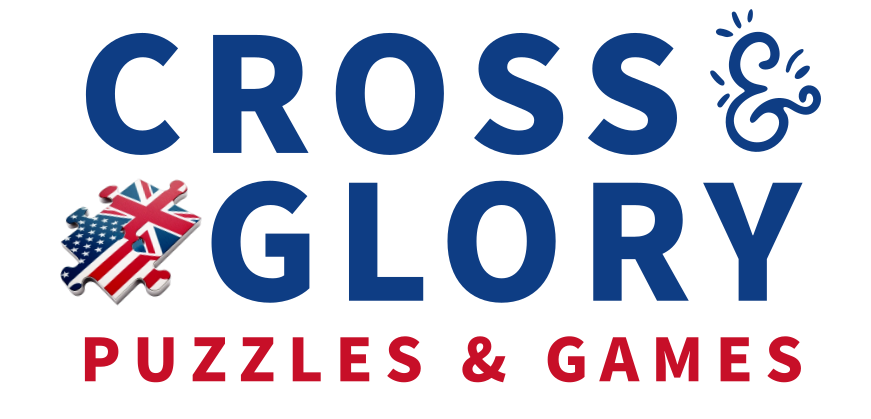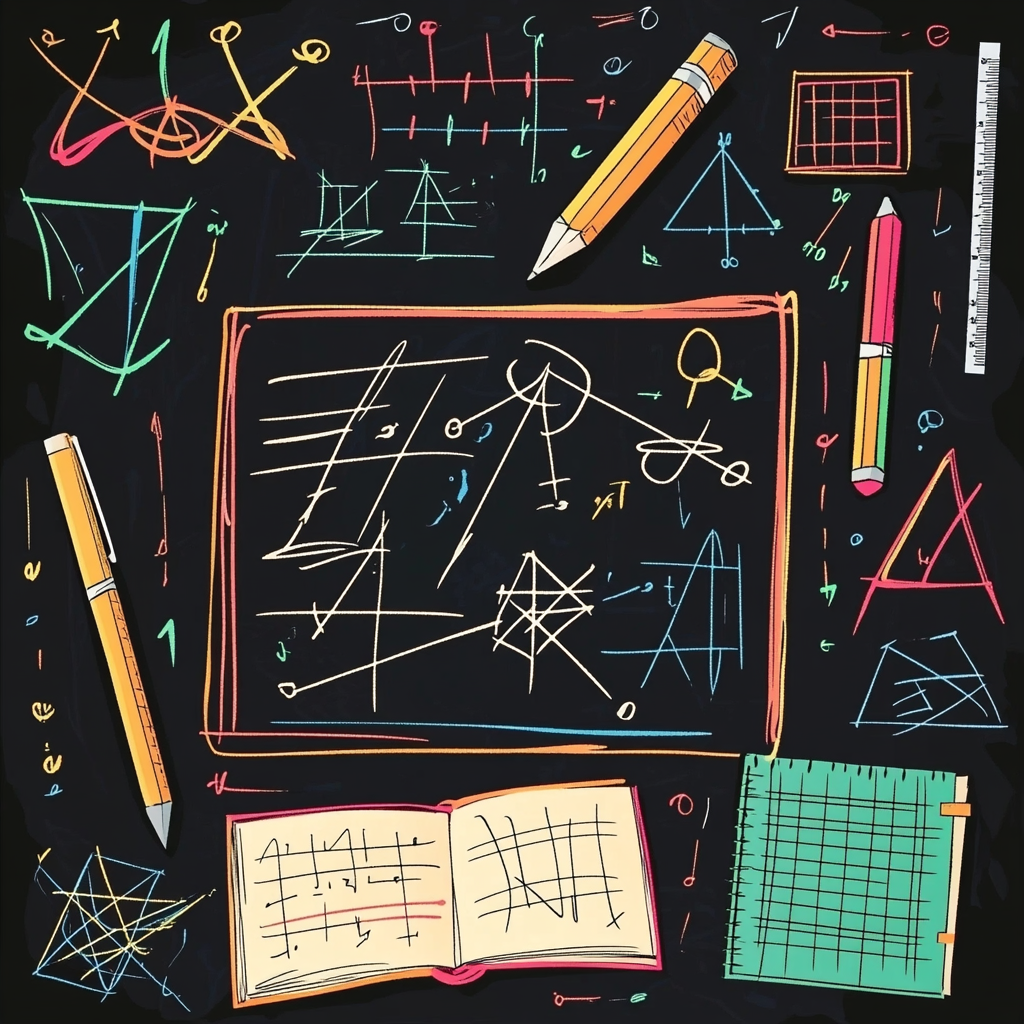Behind the tactile pleasure of solving a puzzle lies a world of mathematics. From the geometry of the pieces to the strategic layout of patterns, puzzles are a masterclass in precision and design. Whether you're a casual solver or tackling the world’s largest puzzles, understanding the math behind the pieces can deepen your appreciation and elevate your experience. Let’s explore how mathematics shapes the art of puzzling and why it’s at the core of this beloved pastime.
1. The Geometry of Puzzle Pieces
At its heart, puzzling is a geometric endeavor. Puzzle pieces are meticulously cut to ensure they fit together seamlessly, often based on interlocking tabs and slots. This design relies on principles of tessellation, where shapes fit together without gaps or overlaps, much like tiles in a mosaic.
The arrangement of these shapes impacts difficulty. Puzzles with unique piece cuts are easier to solve because each piece has a distinct shape, while uniform cuts—often found in vintage puzzles—demand a more methodical approach. If vintage designs intrigue you, explore the nostalgic world of classic puzzles in Piece Together the Past: A Beginner’s Guide to Collecting Vintage Jigsaw Puzzles.
2. Patterns: The Visual Mathematics of Puzzles
Patterns are essential to puzzle-solving, guiding solvers as they piece together the image. The math behind patterns often involves symmetry, repetition, and gradients—all of which influence difficulty. Gradients, for instance, test solvers’ ability to recognize subtle color shifts, while symmetrical designs can provide predictable pathways.
When designers create puzzles, they often use mathematical algorithms to generate patterns that are visually engaging yet challenging to solve. This fusion of art and math ensures that puzzles captivate solvers with both logic and beauty.
3. Scaling Up: The Math of Giant Puzzles
The world’s largest puzzles push the limits of mathematics and engineering. With piece counts in the tens of thousands, these titans require precision in both design and assembly. The sheer number of pieces adds complexity, but the layout of the patterns and the geometry of the cuts are what make these puzzles truly extraordinary.
These puzzles are a test of patience and perseverance, demanding a systematic approach to sorting and solving. For an inside look at these colossal challenges, check out Unleashing the Titans: Unlocking the Mysteries of the World’s Largest and Most Challenging Jigsaw Puzzles.
4. Predicting the Future: Mathematical Innovation in Puzzle Design
As puzzles evolve, mathematics continues to shape their development. Designers are using advanced algorithms and 3D modeling to create puzzles that defy traditional formats, such as spherical puzzles or puzzles with irregular, asymmetrical pieces. These innovations challenge solvers to think differently, adding new dimensions to the puzzling experience.
The future of puzzling may include designs influenced by fractals, infinite patterns, or even puzzles that change dynamically as they’re solved. To glimpse what’s on the horizon, explore The Evolution of Puzzles: Predicting the Next Big Thing in Brain Teasers.
5. Precision in Manufacturing: The Hidden Math of Puzzle Production
Creating a puzzle is a precision-driven process. Manufacturers use computer-guided die-cutting machines to ensure that every piece is uniform and fits perfectly. The mathematical precision required in this process is staggering, particularly for puzzles with thousands of pieces or intricate designs.
This precision extends to the artwork, where every detail must align perfectly across the puzzle’s grid. Even slight miscalculations can lead to production errors, making the math behind the scenes as important as the solving itself.
Conclusion
Puzzles are a perfect blend of art and mathematics, relying on patterns, geometry, and precision to create a satisfying challenge. From the tessellation of pieces to the strategic use of patterns and scaling of giant designs, math is what transforms a simple image into an engaging, mind-bending experience.
Whether you’re assembling a vintage classic, tackling a modern innovation, or conquering the world’s largest puzzles, each piece you place is part of a mathematically orchestrated masterpiece. So the next time you sit down with a puzzle, take a moment to appreciate the numbers and patterns behind the art—it’s the math that makes it magic.

